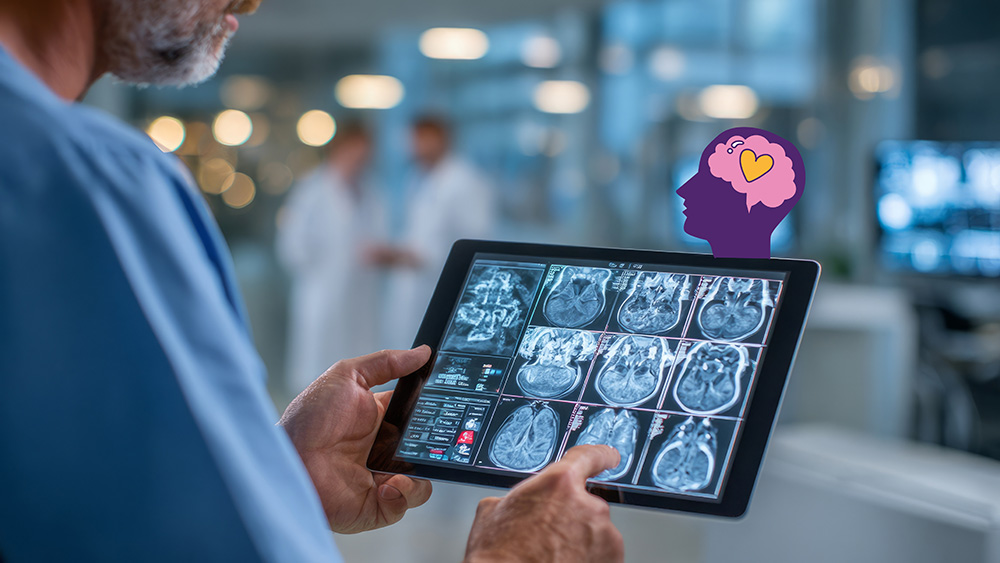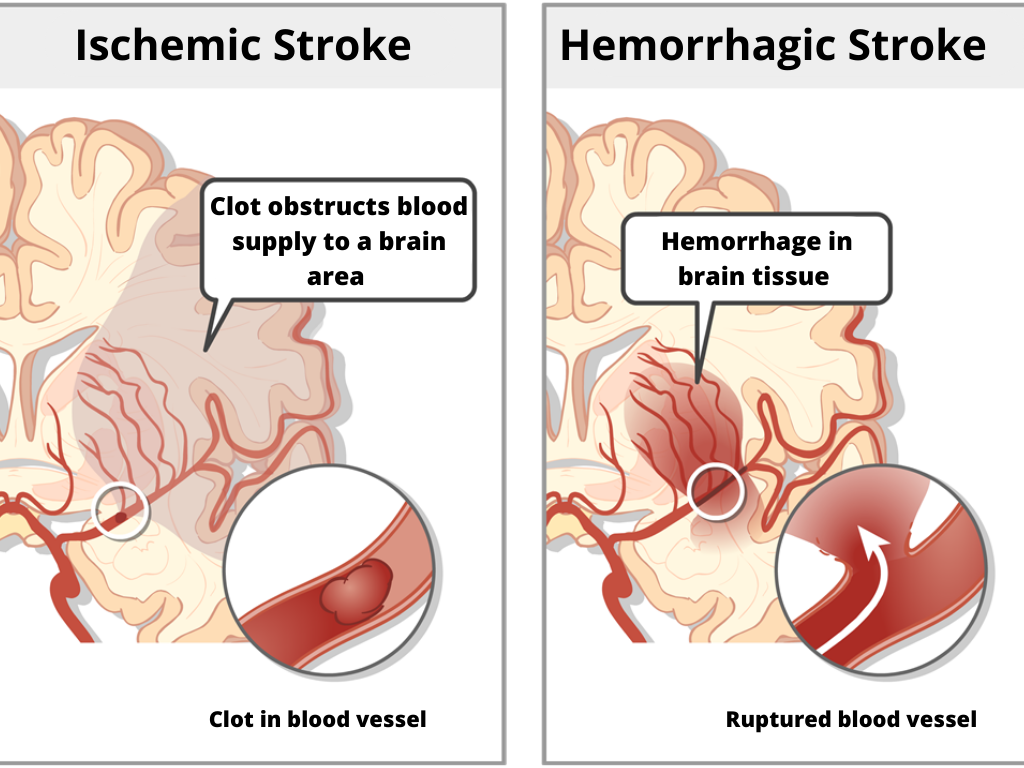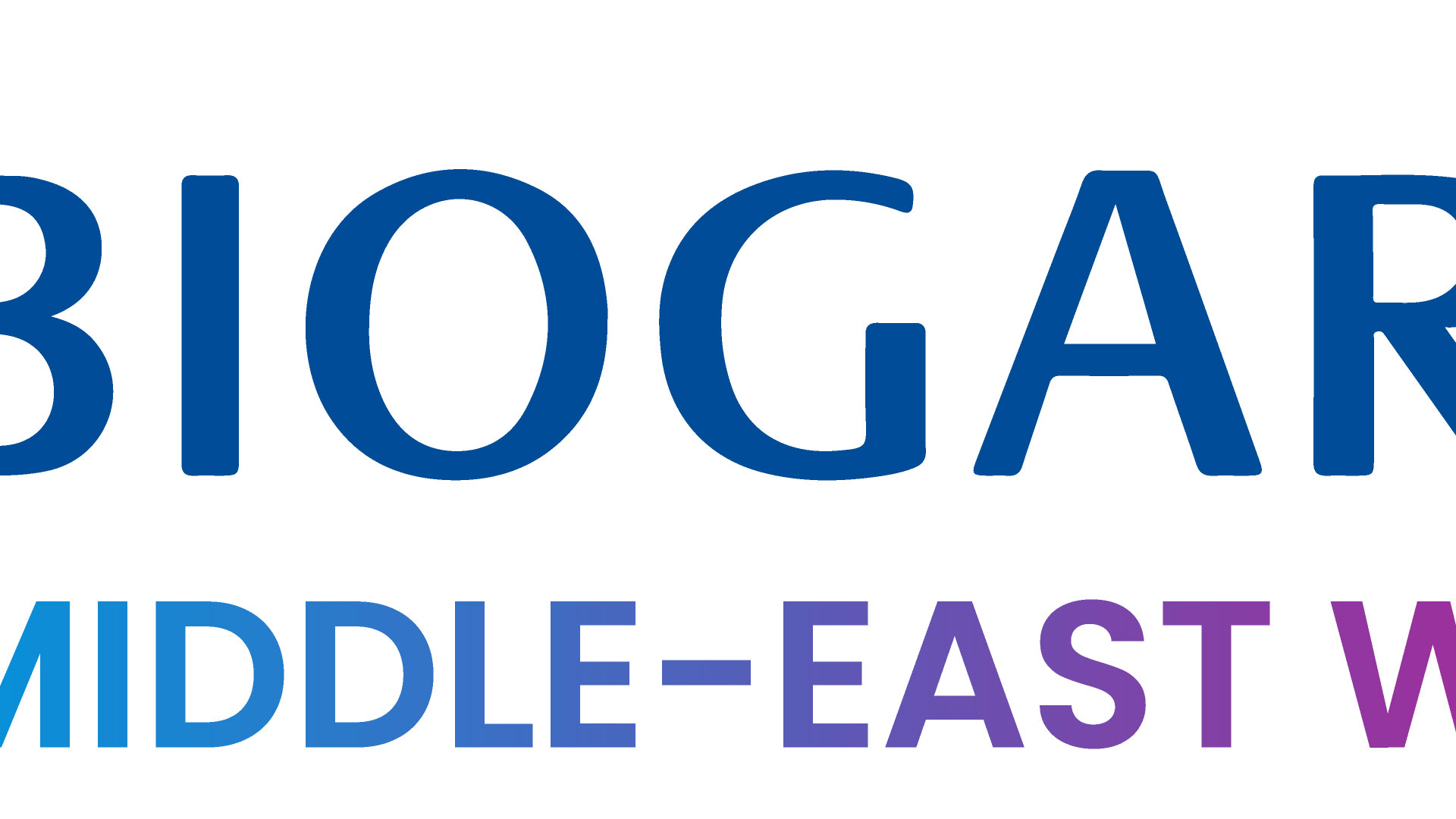Understanding Stroke : Cerebrovascular Accident (CVA)
Explore this health file to better understand stroke: its causes, its symptoms but also the means of treatment.

Posted on
I. Definition and key figures
Sometimes called a “stroke”, a cerebrovascular accident (CVA) occurs when blood flow to or within the brain is interrupted because a blood vessel is blocked (most commonly) or ruptured (less commonly). Because of the risk of brain damage, this is an absolute medical emergency requiring immediate attention. [1,2]
There are therefore 2 main types of strokes, the names of which depend on how blood flow to or within the brain is interrupted:
- If blood flow to or within the brain is interrupted because a blood vessel is blocked, this is called an ischemic stroke (or cerebral infarction). In this case, the blood vessel (usually an artery) may be blocked by a cholesterol-rich plaque, for example, or by a blood clot. Ischemic stroke accounts for 80 to 85% of all strokes. [1,2]
- If blood flow to or within the brain stops because a blood vessel has ruptured, this is called a hemorrhagic stroke. Hemorrhagic strokes are most often caused by the rupture of a cerebral artery in the cortex or surrounding meninges, and account for 15-20% of all strokes. [1,2]

[3]
Key figures:
- According to the WHO, in 2019, 12.22 million people worldwide had a stroke. [4]
- WHO estimates that in 2019, 6.55 people died from stroke, the second leading cause of death worldwide. [4]
- Stroke is the leading cause of acquired disability in adults and 2nd leading cause of dementia. [1]
II. Causes
There are several factors and behaviors that can contribute to the onset of stroke. While some of these are avoidable and can reduce your chances of having a stroke, there are others that we can’t do anything about.[5]
Risk factors you can’t control
- Age: the risk of stroke increases with age, after 50 for men and 60 for women.
- Family history of stroke or cardiovascular disease: the risk increases if you have a close relative who had a stroke before the age of 45, if your father or brother had cardiovascular disease (myocardial infarction or sudden death) before the age of 55, and if your mother or sister had cardiovascular disease (myocardial infarction or sudden death) before the age of 65[5].
Stroke risk factors you can act on to reduce your chances of having a Cerebrovascular Accident:[5]
- Diabetes: if poorly controlled, it can damage the walls of your arteries.
- Hypertension: like diabetes, if uncontrolled or poorly controlled, it can damage your arteries
- Atrial fibrillation: it can be treated, but increases your chances of having a stroke
- Smoking: promotes narrowing of the arteries, the formation of clots and the onset of heart rhythm disorders. It increases the risk of stroke by a factor of 2.
- Cholesterol: if you eat too much fat, are obese or don’t exercise, bad cholesterol builds up on the walls of your arteries, slowing down or even blocking blood circulation.
- Obesity and overweight: the presence of abdominal fat is a risk factor, especially if your waist circumference exceeds 80cm for women and 94cm for men. Regular exercise is recommended for good health.
- Alcohol: Alcohol consumption at any level increases the risk of hemorrhagic stroke. Consumption of more than 30 glasses per month increases the risk of ischemic stroke.
III. Symptoms
Recognizing the early symptoms of stroke and reacting immediately by calling for help can greatly improve the chances of survival and recovery [6]. Symptoms vary considerably depending on the precise location of the lesion, since each part of the brain is specialized in specific functions such as movement, sensation, vision and language. Nevertheless, some very common signs should raise the alarm: [1,6]
- Facial numbness: for example, inability to smile
- Facial deformity or paralysis: for example, the lip droops to one side
- Loss of strength or numbness in an upper limb: for example, inability to raise the arm
- Numbness or weakness of a leg
- Speech disorders: for example, difficulty expressing oneself or repeating a sentence
- Difficulty understanding the person you are talking to
- Sudden loss of balance: instability when walking, as if drunk
- An intense, sudden and unusual headache
- Vision problems, even temporary: loss of sight in one eye or double vision
If a person experiences any of these symptoms, it’s imperative to call emergency services immediately. Time is critical in the treatment of stroke, and prompt medical intervention can reduce brain damage and improve the chances of recovery. So never ignore these signs, and act quickly to get appropriate medical help[1].
IV. Treatment
Early treatment after a stroke reduces the damage and severity of after-effects. In the case of ischemic stroke, 2 million neurons die every minute when they are deprived of oxygen by a blocked blood vessel. Every effort must therefore be made to reduce the time between the first signs of stroke and medical attention. [1,7]
The first step is to determine whether the stroke is ischemic or hemorrhagic, since their management is very different. In the case of ischemic stroke, the main aim of treatment is to dissolve the clot blocking the cerebral artery or vein. Medication is then given to prevent the formation of new clots. In the case of haemorrhagic stroke, the focus is on blood pressure control. [1,7]
Whatever the case, once the emergency phase is over, the patient should start rehabilitation as soon as possible, as soon as his or her state of health permits. This begins in hospital and continues at home or in a specialized center. The aim is to prevent the onset of complications, maximize recovery of various functions (walking, use of the hand, language) and teach the patient to make the best use of his or her remaining functions in everyday situations. Speech therapy is also essential for post-stroke communication: it restores the patient’s ability to communicate through speech and writing, or through other intermediaries if recourse to language is impossible. [1,7]
To avoid any risk of stroke, eat a healthy, balanced diet, follow your treatment rigorously if you have a chronic disease, take part in physical activity, and don’t smoke or drink a lot of alcohol.
Explore our health files by clicking here.
POI 0873-07/23
Sources :
[1] https://www.inserm.fr/dossier/accident-vasculaire-cerebral-avc/
[2] https://sante.gouv.fr/soins-et-maladies/maladies/maladies-cardiovasculaires/accident-vasculaire-cerebral-avc/article/les-signes-de-l-avc
[3] https://www.aboutkidshealth.ca/fr/article?contentid=860&language=french
[4]http://www.fondation-recherche-avc.org/fr%C3%A9quence#:~:text=Selon%20les%20donn%C3%A9es%20de%20l,de%20d%C3%A9c%C3%A8s%20dans%20le%20monde
[5] https://www.ameli.fr/assure/sante/themes/accident-vasculaire-cerebral-avc/avc-comprendre
[6] https://www.ameli.fr/assure/sante/themes/avc/avc-symptomes-evolution
[7]https://www.ameli.fr/assure/sante/themes/accident-vasculaire-cerebral-avc/avc-traitement#:~:text=Des%20m%C3%A9dicaments%20antiagr%C3%A9gants%20plaquettaires%20sont,le%20clopidogrel%20ou%20le%20ticlopidine
